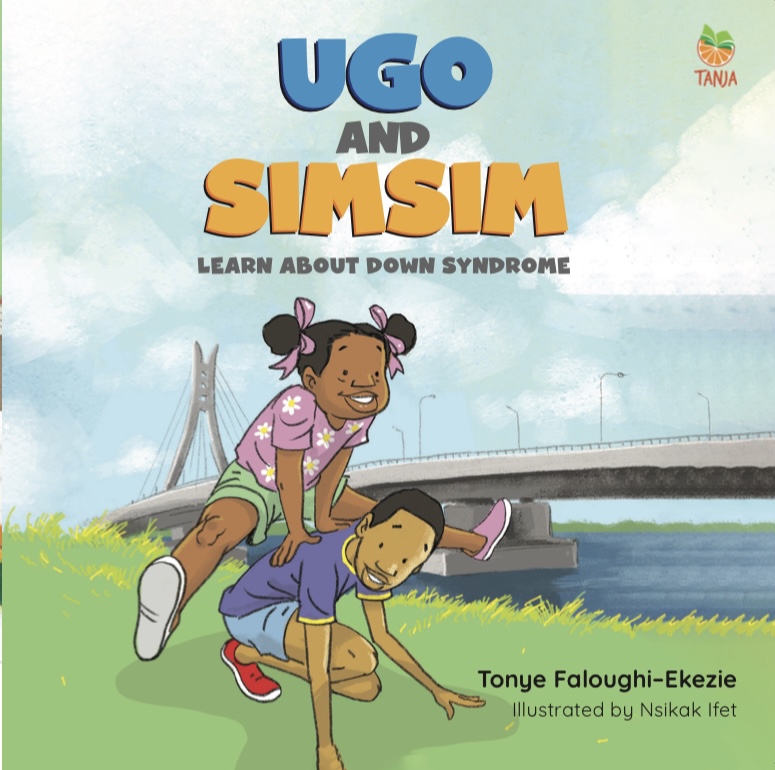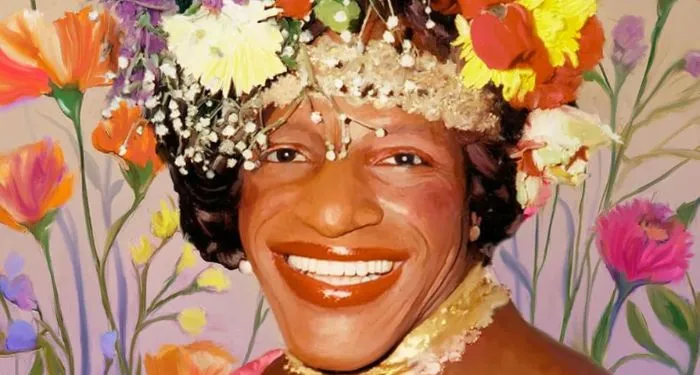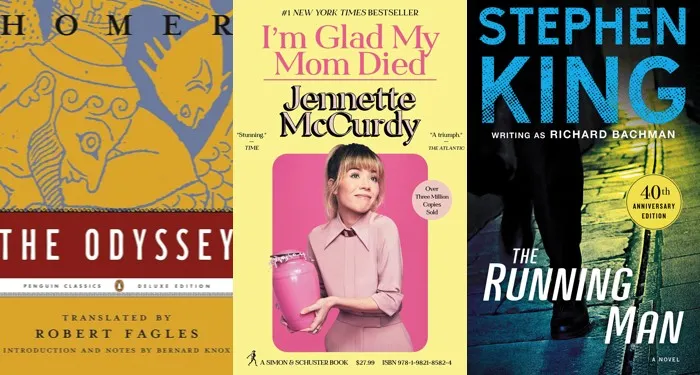Children's books have a magical way of shaping how young readers see the world, cultivating kindness, understanding, and empathy in their impressionable minds. When these books feature heroes with disabilities, they become powerful tools for nurturing an inclusive mindset from an early age. Stories about diverse experiences not only empower children who see themselves reflected in the pages but also help others understand that differences are what make each of us uniquely valuable.
Every child deserves to feel represented, understood, and cherished exactly as they are. Unfortunately, not all children frequently see their experiences depicted positively in literature. Children with disabilities often encounter stories that overlook their strengths, resilience, and joy. By showcasing heroes who navigate life through challenges and triumphs, we provide essential validation and a deep sense of belonging.
Reading about characters who overcome societal barriers or misconceptions fosters empathy, compassion, and awareness among children who might not directly experience these challenges. Such stories gently guide them towards becoming allies who appreciate and respect diversity. As children absorb these narratives, they learn that disabilities are simply another facet of human experience, deserving of understanding and respect rather than pity or fear.
Below is a carefully curated list of eight incredible kid-friendly books released in recent years, featuring heroes with disabilities. Each story offers a unique perspective, celebrating courage, friendship, and the beautiful strength of the human spirit, serving as heartwarming resources to spark conversations and understanding within families and classrooms alike.
What are the best kid-friendly books about disabilities?
Please, Don't Treat Me Differently, Because I'm Deaf, by Raymond Merrill II (2025)
This heartfelt illustrated poetry book provides readers with a touching exploration of life from the perspective of a deaf child. Through beautifully crafted rhymes, the young narrator gently conveys the importance of inclusion, kindness, and understanding. The vivid illustrations perfectly complement the poetic verses, engaging young readers and adults alike in thoughtful contemplation about the experiences of individuals who are deaf.
The book carefully addresses common misconceptions and challenges faced by deaf children, such as communication barriers and feelings of isolation. It offers practical insights on how children can interact respectfully and inclusively with deaf peers, promoting empathy and genuine understanding. Each page encourages patience and celebrates the unique ways in which deaf individuals express themselves and navigate their worlds.
What I particularly love about this book is its ability to capture authentic emotions through lyrical storytelling. The gentle narrative invites readers to empathize deeply and encourages meaningful conversations about inclusion and respect. It’s a valuable addition to any home or classroom library, promoting important discussions in a warm, engaging manner.
Just Ask!, by Sonia Sotomayor (2019)
Written by Supreme Court Justice Sonia Sotomayor, this book introduces children to various disabilities through the experiences of kids working together in a community garden. Each child shares their unique perspective, encouraging readers to ask questions and embrace differences.
The story emphasizes that diversity enriches our communities, much like different plants make a garden more beautiful. It covers conditions such as diabetes, autism, and dyslexia, promoting understanding and acceptance.
I found the book's inclusive message and vibrant illustrations engaging.It serves as a valuable tool for parents and educators to initiate conversations about empathy and diversity with children.
What Happened to You? (What Happened to You? Book 1), by James Catchpole
This story follows Joe, a boy with one leg, as he navigates curious questions from other children at the playground. It's a thoughtful exploration of how to approach differences with sensitivity and respect.
The narrative addresses the intrusive nature of certain questions and the importance of seeing beyond physical differences. Joe's imaginative responses highlight his resilience and creativity.
I appreciated the book's gentle approach to a complex topic.It encourages children to be mindful of their words and to value individuals for who they are, not just their appearances.
He Says…She Says, by Anne Fine (2024)
In this sequel to Sleepovers, Daisy's sister, Lily, who communicates using Makaton, expresses her desire for a sleepover. The story highlights the importance of inclusion and understanding in family and social settings.
The book portrays the dynamics of sibling relationships and the challenges faced by children with disabilities in social situations. It emphasizes the value of empathy and the joy of shared experiences.
I found the story heartwarming and insightful. It sheds light on the significance of communication and the need to create inclusive environments for all children.
Petey, by Ben Mikaelsen (1998)
When I first read about Petey, a boy born with cerebral palsy, his story immediately touched something deep within me. The novel, which is based on a real person's life, takes us through the ups and downs Petey experiences as he grows older, facing both physical and emotional hurdles. What stuck with me most were the meaningful friendships Petey built along the way—relationships that helped him feel valued and loved, despite society’s misunderstandings.
The book opened my eyes to the harsh realities of institutional life and how isolating it can be, especially for someone like Petey, whose warmth and optimism often went unnoticed. But even in difficult circumstances, Petey never lost his kindness or hopeful outlook, reminding me of the incredible resilience people can have, even when life feels overwhelmingly unfair.
Reading Petey’s story deeply impacted me. It reinforced how important it is to see beyond disabilities, to recognize each person’s dignity and humanity first. Petey's experiences taught me about compassion and the power of perseverance, reminding me just how significant small acts of kindness can be. His story feels personal and reminds us why empathy matters so much in our lives.
Ugo and Sim Sim: What is Down Syndrome? by Tonye Faloughi-Ekezie (2024)
This book offers a heartfelt explanation of Down syndrome through the eyes of siblings Ugo and Sim Sim.It's a valuable resource for families seeking to understand and discuss disabilities.
The story addresses the curiosity and concerns of siblings when a family member has a disability.It promotes understanding, acceptance, and the celebration of differences.
I appreciated the book's candid and compassionate approach.It provides a meaningful way to introduce children to the concept of Down syndrome and the importance of empathy.
When the Stammer Came to Stay, by Maggie O'Farrell (2024)
Inspired by the author's own experiences, this story follows Min as she navigates life with a stammer.It's a touching narrative about self-acceptance and the challenges of communication.
The book portrays the emotional journey of dealing with a speech impediment and the support of family in overcoming challenges. It emphasizes the importance of understanding and patience.
I found the story both enlightening and comforting.It offers a nuanced perspective on stammering and highlights the significance of familial support in building confidence.
The Most Awesome Character in the World, by Adam Pottle (2020)
Drawing inspiration from the author's personal experiences, this book tells the story of Min, a young girl learning how to cope with her stammer. Min struggles to express herself clearly, especially when others grow impatient or misunderstand her. Throughout the story, we experience her inner world—the moments of frustration, embarrassment, and isolation, as well as her determination to communicate despite the obstacles.
What makes Min’s story truly moving is the honest portrayal of the emotional ups and downs that come with having a speech impediment. It doesn't shy away from the reality of how difficult everyday situations, like speaking in class or making new friends, can be. At the same time, the book beautifully captures the strength Min draws from her family. Their patience and willingness to listen, even when her words are slow to form, show just how critical a supportive environment is in helping a child build confidence.
Reading Min's story felt reassuring and genuine. It provided a sensitive glimpse into what living with a stammer can be like, highlighting that communication is about much more than speaking smoothly—it's about connection, patience, and empathy. The relationships Min builds and the small victories she achieves along the way made me appreciate just how powerful kindness and understanding can be. The story gently teaches readers that accepting ourselves, and others, exactly as we are, often makes the greatest difference.
Why Raising Awareness Matters (and Why It’s So Personal)
You know, I was thinking about how much the world has changed since we were kids. Back then, we didn't really talk much about disabilities—not because we didn't care, but simply because we didn't know better. It was almost as if everyone thought avoiding the topic was the polite thing to do. But looking back, that silence only created distance and misunderstandings, making it harder to connect with kids who might have had experiences different from ours.
Stories make it easier to have these conversations with children today. When kids read about characters who live with disabilities, they get a chance to see life from someone else's perspective. It's not about feeling sorry for someone or placing anyone on a pedestal. It's about seeing real people who navigate life differently but still experience the same hopes, frustrations, and friendships that every child does.
Honestly, that's what's beautiful about reading these kinds of books together as families or in classrooms. They help kids understand that a disability doesn’t define someone completely, it’s just one part of who they are. Children learn to see beyond labels and assumptions, which sets them up to form deeper, more meaningful friendships.
On a personal note, when I see a child connecting with a character who has a disability, I feel hopeful. It's proof that awareness really matters. Kids who grow up reading these stories will be less likely to see disability as something unusual or scary. They'll approach differences with curiosity and kindness instead of awkwardness or fear.
In the end, raising awareness through books helps everyone. It builds communities where children can simply be themselves, whether they have a disability or not. And that's exactly the kind of world I think we all want, where understanding each other becomes second nature.
Final Thoughts
Exploring these stories has been a journey of discovery and empathy. Each book offers a unique perspective, shedding light on the diverse experiences of children with disabilities. They remind us of the importance of inclusion, understanding, and the celebration of differences.
Reading these books with children can open up meaningful conversations about empathy, kindness, and acceptance. They serve as valuable tools for parents, educators, and caregivers to foster inclusive environments where every child feels seen and valued.
Incorporating such literature into our reading routines not only enriches our understanding but also helps build a more compassionate and inclusive society. Let's continue to seek out and share stories that reflect the beautiful diversity of human experiences.
Remember, every child deserves to see themselves in the stories they read and to learn about the lives of others. These books are steps toward that inclusive vision.

My profession is online marketing and development (10+ years experience), check my latest mobile app called Upcoming or my Chrome extensions for ChatGPT. But my real passion is reading books both fiction and non-fiction. I have several favorite authors like James Redfield or Daniel Keyes. If I read a book I always want to find the best part of it, every book has its unique value.




























 English (US) ·
English (US) ·